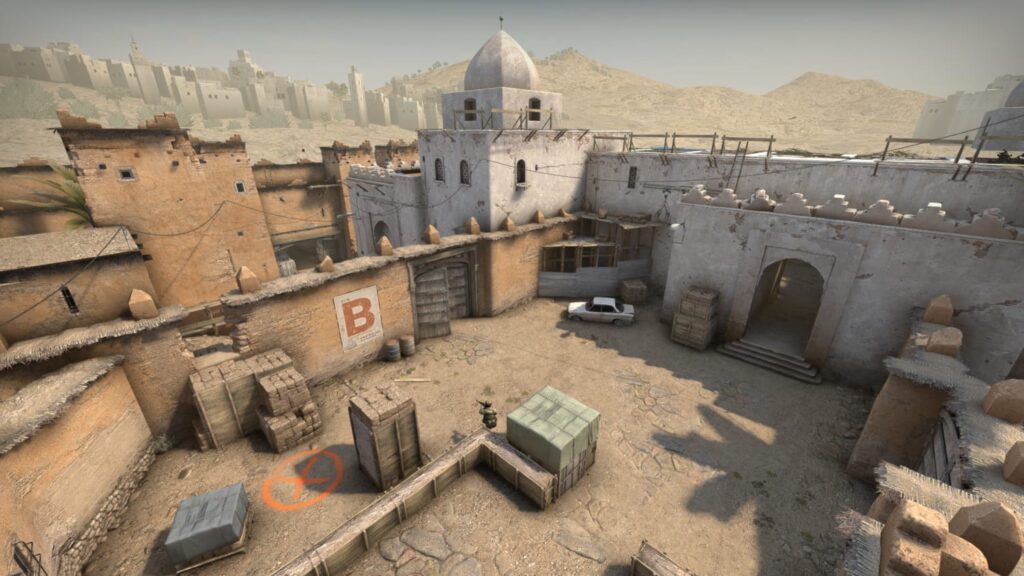Dust 2 is one of the oldest maps in the map pool of Counter-Strike series. This makes it popular with the overwhelming number of community members. Among the map’s advantages are not only a bright entourage, but also simplicity of both protection and attack. If you like this game, it makes sense to go to this site.
History of the map
Dust 2 was first added to Counter-Strike 1.1. Map actions send players to the Middle East, as evidenced not only inscriptions in Persian, but also models of terrorists protected from the sandstorms. There have been no significant changes in the map in 20 years. The structure of the map has remained intact since its first appearance, little different from its predecessors.
All global changes concerned textures, external environment and objects, which is not surprising with Counter-Strike: Global Offensive. Otherwise, the map has forever been used by the regulars of the series. Two years ago, the map was significantly redesigned. The changes were based on improved graphics, as well as the return of the doors that were shot. The location of the bomb laying points and the spawn of the opposing sides smoothly migrated from Counter-Strike 1.1 to CS:GO.

Mapping of positions on the map
To fully interact with the team, you need to know the main positions of the map. A total of 49 key points can be identified on Dust 2, which determine the location of you, teammates or opponents. Knowing these positions will help the player not only to set up communication with the team, but also to build a round tactic to win. To win a match without a clear strategy in each round is almost impossible. Counter-Strike: Global Offensive is a team game that requires interaction between all five players.
Tactics of the defending side
The game divides the players into defense and offense. As a defense are the special forces players, who are supposed to defend two points A and B from a bomb planted by terrorists. SWAT team of five must scatter on the map in the following form:
- One defense player goes to the length.
- The sniper of the defending team is in the middle.
- One player goes to the control of the short.
- Two more go to the defense of point B.

Winning main sniper
So, the main link here is the player in the middle. We can say that this player is the eyes and ears of the team. Most often, this point is occupied by the player with AWP, controlling the movement of attacking players through the center of the map. Why is the player in the middle extremely important? Because he gives a lot of information to his teammates. He controls the palm tree, short, the exit from the bottom theme. If the attack vector lies through the shorts, it instantly gives the info, after which the base A is strengthened. Also, the player in the middle is able to perform fast drag and drop, being the key link when the attack occurs. The first thing the sniper middle does is to look through the T-spawn for a sniper. He has an opportunity to make the first round, providing his team with an advantage in defense.
The second side of the timing may be a check short. Then, if there was no information from the length, he should take a position closer to point B (on the annex or window) waiting for the middle to break through or exit through the dark. This will be a great help at protection. As the attack vector slows down your opponent’s progress by throwing smoke or fire at the supposed attack vector of your opponent.
In a rapid attack through the length of the main task of the defending player is to slow down the terrorists. This is necessary to provide additional support. You can also find many interesting things on.
